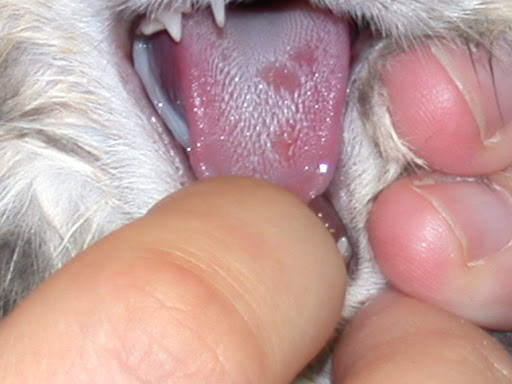Feline calicivirus
Feline calicivirus is also known as FCV. This disease is brought on by a viral infection and usually causes mild flu-like symptoms which rarely cause serious problems. Most cats are vaccinated against this illness, but the virus that causes it is still prevalent.
Cause
Calicivirus in felines is caused by a virus spread through contact with eye discharge, nose discharge, and saliva. Some cats are even infected through contact with feces. Cats infected with the virus can spread it to other cats even if they shown no symptoms of illness themselves.
Signs
Different strains can lead to this disease, so cat calicivirus can produce various symptoms. They commonly include upper respiratory signs such as discharge from the eyes and nose. Other signs include fever, loss of appetite, pneumonia, and difficulty breathing. Some cats even develop sores in their mouth or on their paws.
Diagnosis
Calicivirus in cats causes some of the same signs as other upper respiratory infections. The veterinarian will review your feline’s medical history and take note of his symptoms. Laboratory tests can confirm if calicivirus is the cause of the illness.
Treatment
Feline calicivirus is treated by letting it run its course. You will need to provide your cat with plenty of fluids and food. If he has developed mouth sores, it’s best to give him soft foods. You will also need to clean discharge away from the eyes and nose.
Cat calicivirus can also lead to pneumonia and severe cases may require oxygen therapy. Antibiotics can treat or prevent secondary infections, while eye drops help clear eye discharge.
Prevention
The virus that causes feline calicivirus can be found in food dishes, litter boxes, and clothing. It can survive in the environment up to ten days. To make matters worse, it is resistance to many household disinfectants. It is important to get your cat vaccinated.

